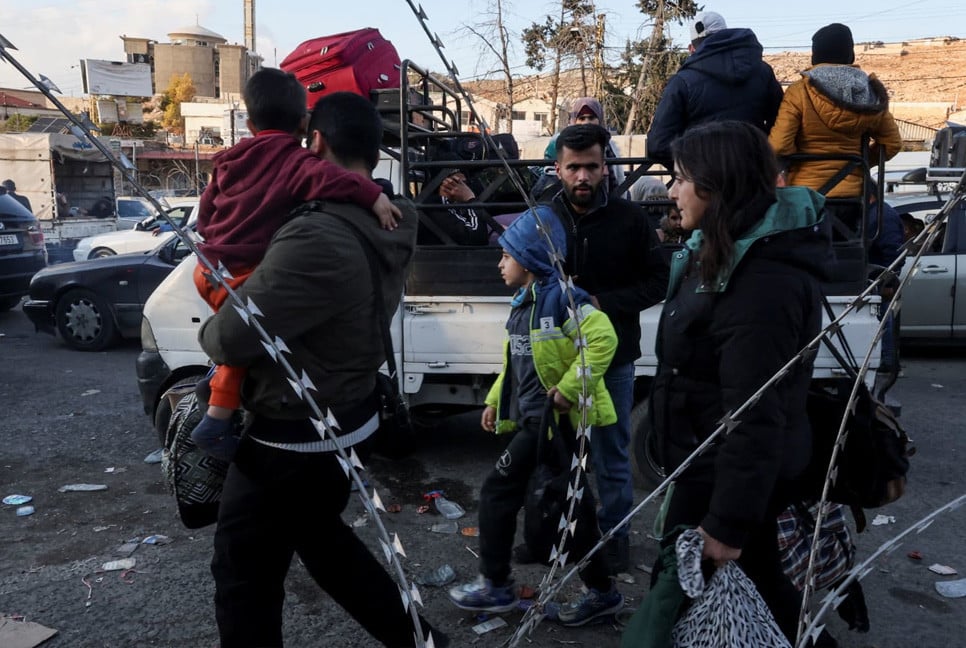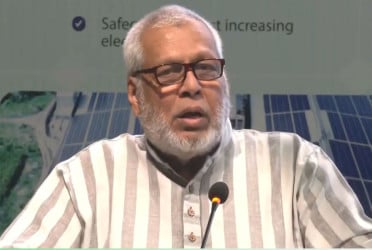When the whole Syria celebrates the fall of Syrian president Bashar Al-Assad, some Syrian are still in dismay as their beloved person were “forcefully disappeared” during Assad’s tenure, reports agencies.
The families of the victims stared searching for their beloved ones at the Saydnaya prison near Damascus as the rebels took the control of the country.
With the fall of the government, the silent place filled with the voices of disappeared people’s relatives and loved ones.
Social media posts shows families approaching the prison that was previously known for brutality, desperately seeking the information of their beloved ones.
“People ran to the place either to reunite with the disappeared family member or to confirm the fate.”
A people named Rami Jarrah said in his social media post on X where he attached a video: “The images coming out Sednaya Prison should haunt us for ages to come, thousands trapped beneath layers of structures, never seeing the light of day.”
“Detainees held without charge in solitary confinement, left to rot. This is the "Human Slaughterhouse" of Syria,” the caption furthered.
However, the prison security deserted as the rebels advanced towards Damascus on Sunday, and now the Syria people awaits news about the fate of over 1,00,000 detainee.
According to Amnesty International, the Saydnaya once housed more than 20,000 detainees. Former detainees reported numerous executions and deaths from neglect, with guards enforcing strict silence as prisoners rested on blood and sweat-covered stone floors under insect-ridden covers.
Diab Serriya, who previously experienced detention at Sednaya and co-founded the Association of Detainees and the Missing in Sednaya Prison, reported that approximately 8,000 relatives were searching cells while civil defence workers attempted to access underground chambers.
“Some of the rebels are trying to organize the search, but until now there are no proper lists,” Serriya said.
The White Helmets deployed five teams to Sednaya to examine concealed underground cells where survivors indicate continued occupation. The teams include specialists in wall breaching, door opening experts, trained dogs and medical personnel, guided by someone familiar with the prison layout.
As rebels advanced across Syria, they liberated government detention facilities. Human rights organisations report that government forces had detained hundreds of thousands in camps where torture was widespread.
Hayat Tahrir al-Sham (HTS) announced freeing over 3,500 inmates from Homs Military Prison on Saturday. By Sunday, they declared the end of oppression at Saydnaya prison, a facility synonymous with Assad-era brutality.
ADMSP's 2022 report described Saydnaya as a "death camp" post-2011, estimating over 30,000 deaths from executions, torture, medical neglect and starvation between 2011-2018, with at least 500 more executions through 2021.
Amnesty International's 2017 report called Saydnaya a "human slaughterhouse", alleging government- sanctioned executions. The regime denied these claims, maintaining proper legal procedures.
A Syrian human rights organisation estimates over 130,000 detentions since 2011. The fear of Syrian prisons extended into Lebanon during Damascus's influence there.
The liberation of these facilities, releasing thousands of the prisoners, marks a significant movement in the Assad’s regime collapse.
Bd-Pratidin English/ Afsar Munna





































































